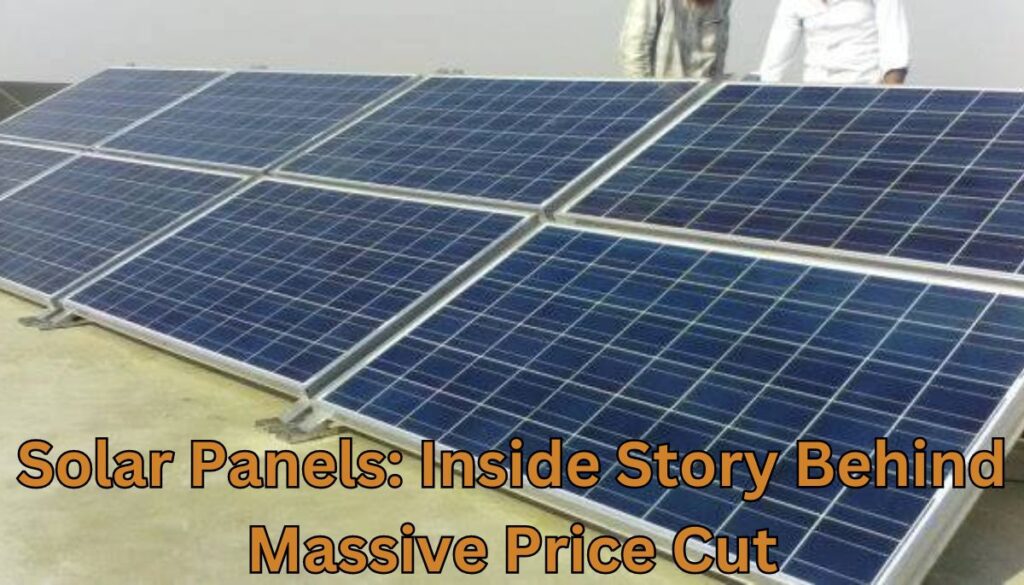While the government is saying that they are in full support to promote net metering and solar systems still there are many difficulties for customers and solar companies who want to install green meters. Let’s discuss those problems and possible solutions in today’s article.
Problems in Net Metering Installation
- The slow and complex process delayed the replacement of the existing meters with green ones.
- Wapda’s slow processing takes 4 months to obtain a new connection.
- Solar companies have a dedicated person or team that handles all the paperwork.
Lengthy Wapda Process
It’s very hard to apply for net metering after installing a solar system because all this work goes through WAPDA so it takes a lot of time. Because the old meter that is installed has to be removed and a green meter installed in its place, WAPDA approval is required for this. Unfortunately, a simple job that should be completed in 8 to 10 days, takes three to four months and if it is not properly managed then it could take more than four months.
You Scratch My Back and I Scratch Yours
To get a green meter installed, you have to deal with WAPDA, and to get the work done quickly, you have to give them some “Chai Paani”. If you don’t do that, this process can take a long time. Normally it takes three to four months, but if you comply with them, the green meter can be installed within 30 to 45 days.
Customer Payments and Solar Companies
The delay in the installation of green meters is also causing a lot of financial problems for solar companies, as customers who have installed solar panels have withheld some money from solar companies, which sometimes creates a lot of tension between the two parties. While the main responsibility lies with government officials who should get this work done smoothly and as quickly as possible.
Billing Nightmares
Delayed First Bills
After the installation of the green meter, a very big problem is the bill. Normally, the bill should come every month, but after the installation of the green meter, the same bill comes after three to four months, which creates a lot of problems.
Exclusion of Exported Units
After the installation of the green meter, when the first bill comes, it often does not include the exported units, and it becomes very difficult to get these units added. This means that if your bill is wrong once, you have to go through a lot of trouble to get it corrected. This difference along with fuel price adjustments and higher slabs creates an extra burden financially on the customer.
Meter Updates and Record Delays
Getting a green meter installed is a difficult task, and even after the installation of the green meter, citizens face many problems because it takes lots of time for the green meter to be updated in WAPDA’s records. Due to this, citizens receive their electricity bills very late and are also charged a fine.
Rectifying Billing Errors
Correcting Billing Mistakes
After the installation of the green meter, the first bill often does not include the exported unit count of the green meter. This makes it very difficult to get the bill corrected, and customers often have to make repeated trips to the electricity office. There, they are asked to “give some tea and water” to expedite the correction process.
What is the Solution to get the Green Meter in Pakistan?
There are only two ways to get a green meter installed. One is if you have a good connection in WAPDA, or the other is if you contact a solar company. Solar companies have a lot of connections, so they can get a green meter installed within a few months. However, they charge a lot of money for this service. If you can’t afford either of these options, then you just have to wait for your turn. When your turn comes, your meter will be installed.
Frequently Asked Questions
Q: Is there any other way to speed up the Net Metering process?
A: While the official process takes time, keeping in touch with government officials can sometimes help to get the paperwork done a little early.
Q: How to prevent billing discrepancies?
A: Stay in touch with the power supply companies regularly to ensure that they are taking the correct meter readings and billing calculations.
Q: What measures do solar firms take to avoid delays?
A: Solar companies can face less trouble in clearing the bureaucratic hurdles if they establish good channels with government departments and maintain a proactive approach.








